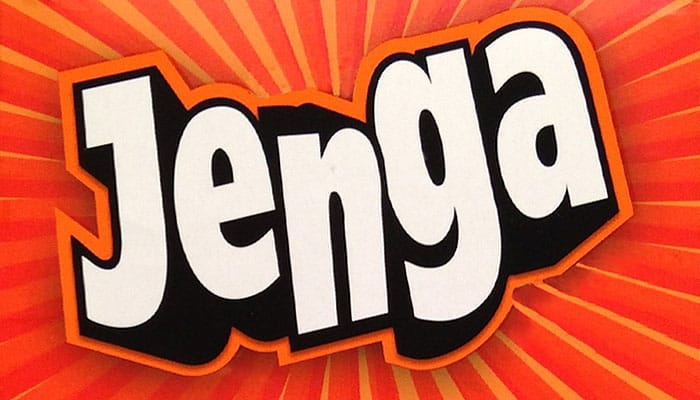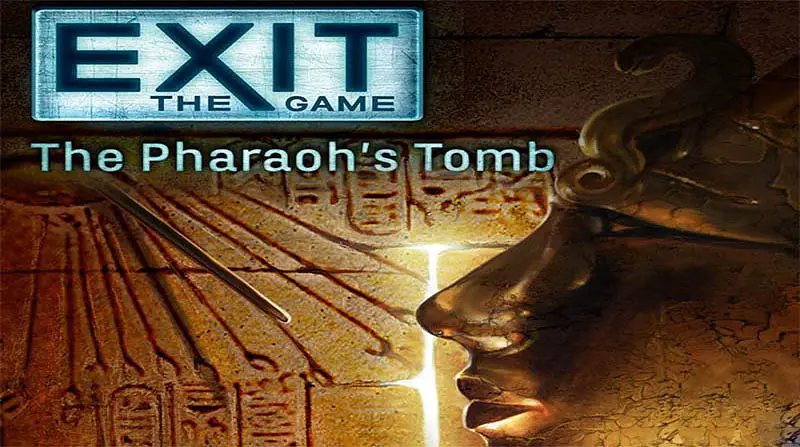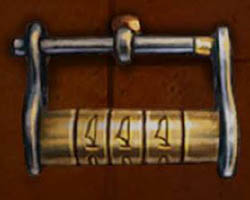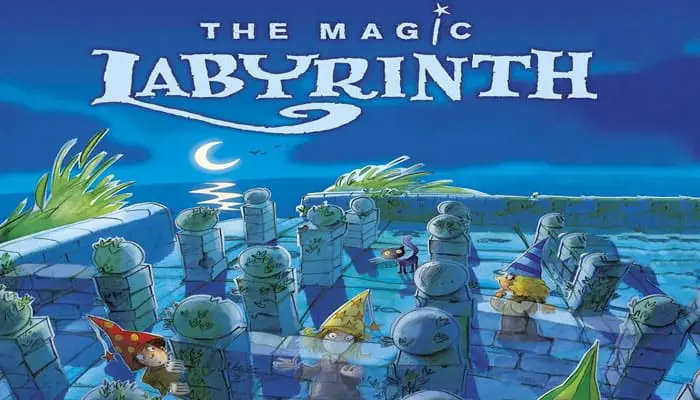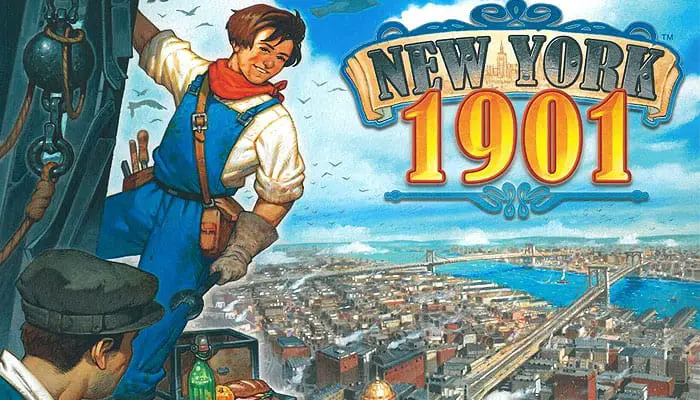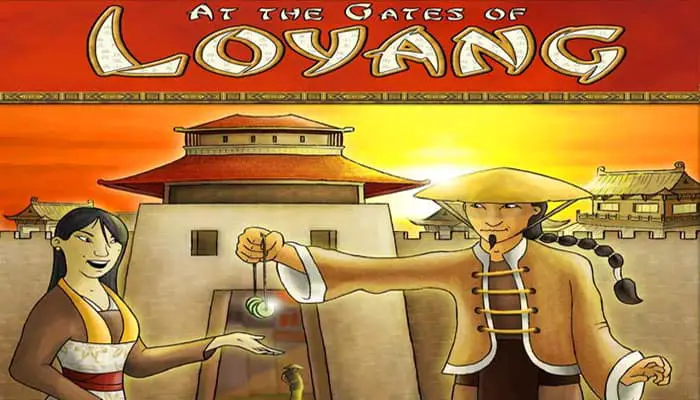

Q: Can more than one playing piece occupy a room?
Yes.
Q: What happens when the ghost encounters a player in the nursery?
Nothing. The player remains in the nursery.
If your playing piece starts its turn together with the ghost in the nursery, you may move your piece forward from that space, but the nursery may not be entered or passed through as long as the ghost is there.
Q: What happens once the ghost declares that it is moving through 1/2/3/4 rooms?
Move the ghost along its course per the rooms it says. All the playing pieces it meets along its path are placed back into the nursery. The same holds true when it says, "I'll float to the room you're in". …


